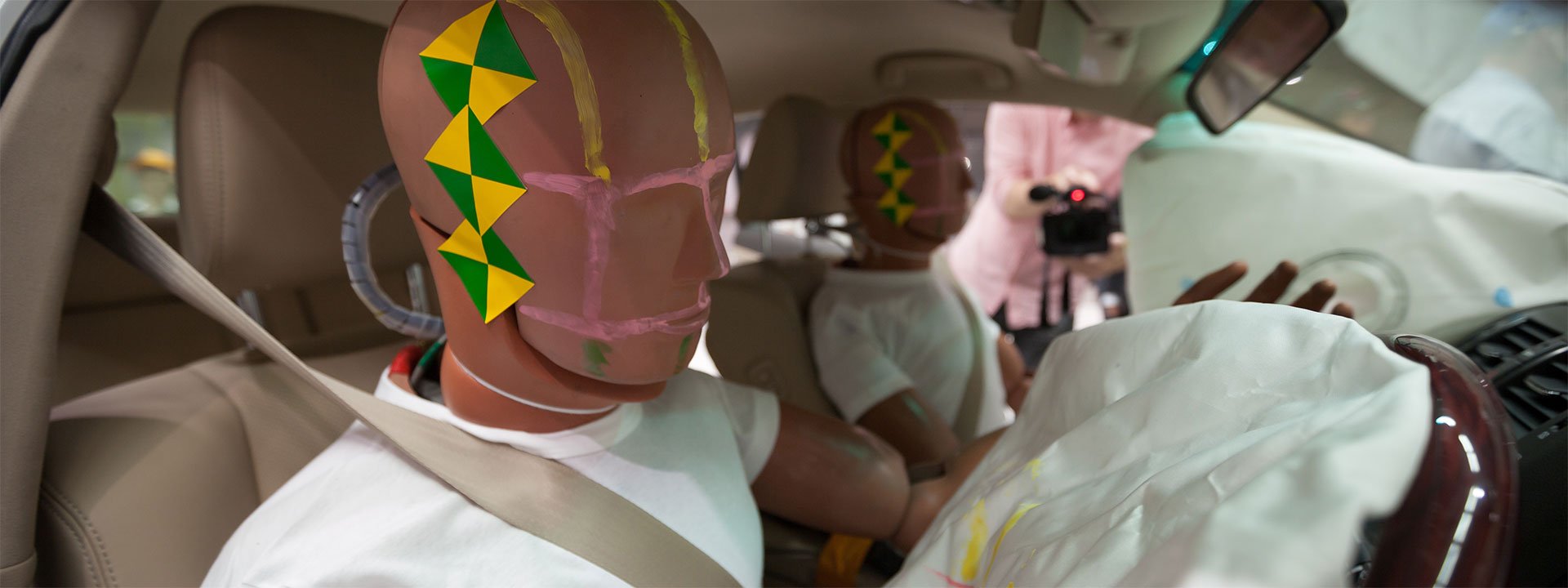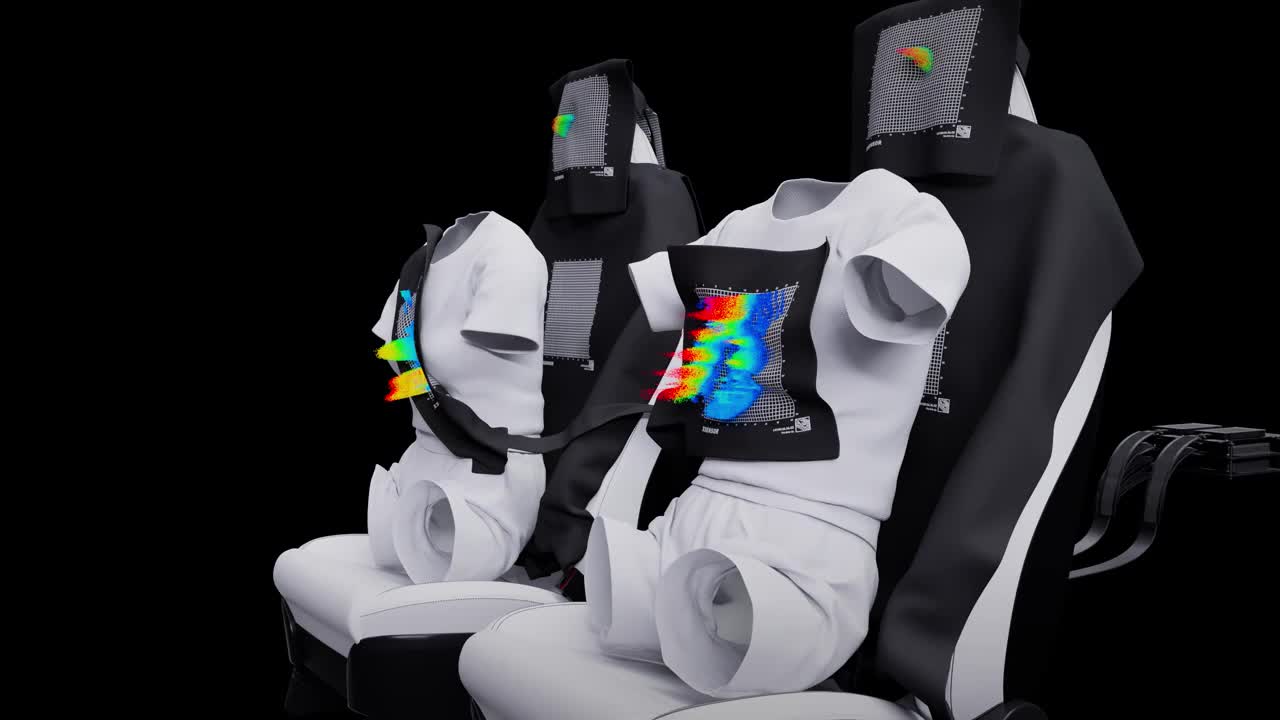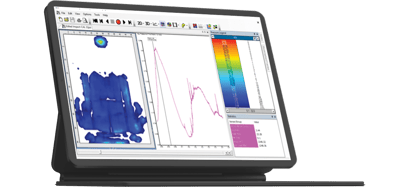
How a High-Speed Impact Sensor Improves Driver and Passenger Safety
Automotive Safety Design: High-Speed Impact Sensors Are an Innovation Must-Have
Individuals working on crash test teams understand the importance of collecting good data for their testing. Having a sensor that is capable of delivering significant amounts of information quickly and delivering it for analysis is a vital part of the testing process.
Many sensors only capture a single point of data at a time, requiring repeated testing to zero in on problems. This costs the manufacturer time, money and effort. You need a one-and-done solution, with sensor mapping technology that can paint an accurate picture of what happens in a crash the first time around.
The Argument for Including a High-Speed, High Resolution Impact Sensor in Crash Tests
The problem with many types of sensors is that they cannot respond to the rapid pace of data created at the moment of impact. During crash tests, you need to collect a huge number of data points over a very short period of time, a matter of fractions of seconds.
Hence the repetition, as you run test after test to try to get that data right. Combine that with already-lean operating and profitability margins in today's industry, and you’ve got a real case for reducing crash test costs. Quality data the first time around is often the difference between being able to develop a car with high passenger safety scores, versus one that is just safe enough to pass standards and get on the road.
High-speed impact sensors should tell you:
- The exact location and distribution of peak pressures during impact
- How quickly pressures build and how hard they hit
- Peak acceleration pressure
- Which parts of the body are under the most pressure and stress
You need equipment that can furnish all these details, quickly and accurately. Enter the XSENSOR HS Impact System.

The XSENSOR High-Speed Impact System: A Study in Details
XSENSOR offers a thin, flexible, conformable sensor that can pick up thousands of readings and send them to the data logger. The sensors conform neatly to allow you to use it with Thor ATD test dummies of different sizes.
Moreover, XSENSOR provides a lightning-fast system with highly sensitive sensors at a vast range of points.
- The system collects data from thousands of pressure points in the sensor package at a speed of 2,000 to 5,000 times per second. This level of resolution makes it easier for your safety and design engineers to recreate virtually every moment of the crash and impact process.
- As a rugged, durable data recorder, the XSENSOR HS Impact System is designed to hold up very well to extreme conditions found in standardised crash tests.
- You also can attach the data recorder directly to the sled or in-car knowing it has been engineered durable to ensure the integrity of your data.
- The HS Impact System sensor package is also available in a wide range of sizes and pressure levels so that you can focus on specific areas during crash tests.
Granted, none of that means anything if you’re not capable of recording and analysing the data you do gather. That’s where a powerful software system comes in.
Moving Beyond Sensors to Powerful Software
Having all the data points in the world won't help if you don't have the processing power and tools to handle the data that you create during crash tests. XSENSOR's HS Impact System provides high-quality visual images and pressure or load vs. time graphically, both in real-time and during post-processing for a better overall view. The system features:
- An intuitive dashboard that simplifies the testing process set-up for your design engineers
- Opportunities for real-time and post-processing rendering of your data and pressure curves
- Resilience against the extreme forces at work in impacts and vibrations, protecting your data
- Synchronisation of data coming in from the HS Impact System with other data-gathering tools
- A hardy data logger without the need for constant recalibration
The outstanding calibration stability makes it much easier to continue gathering results for several test crashes in a row, rather than constantly recalibrating your equipment. Plus, because all data can be replayed on a cell-by-cell basis, you'll be able to recreate exactly what happened at the time of impact, making it much easier to redesign and modify your vehicle to improve outcomes.
XSENSOR is focused on helping those in the automotive industry find better solutions to protect human life from injury or death. We are proud to offer the HS Impact System to automotive manufacturers who need better data from their crash tests in pursuit of more efficient and effective safety performance.


